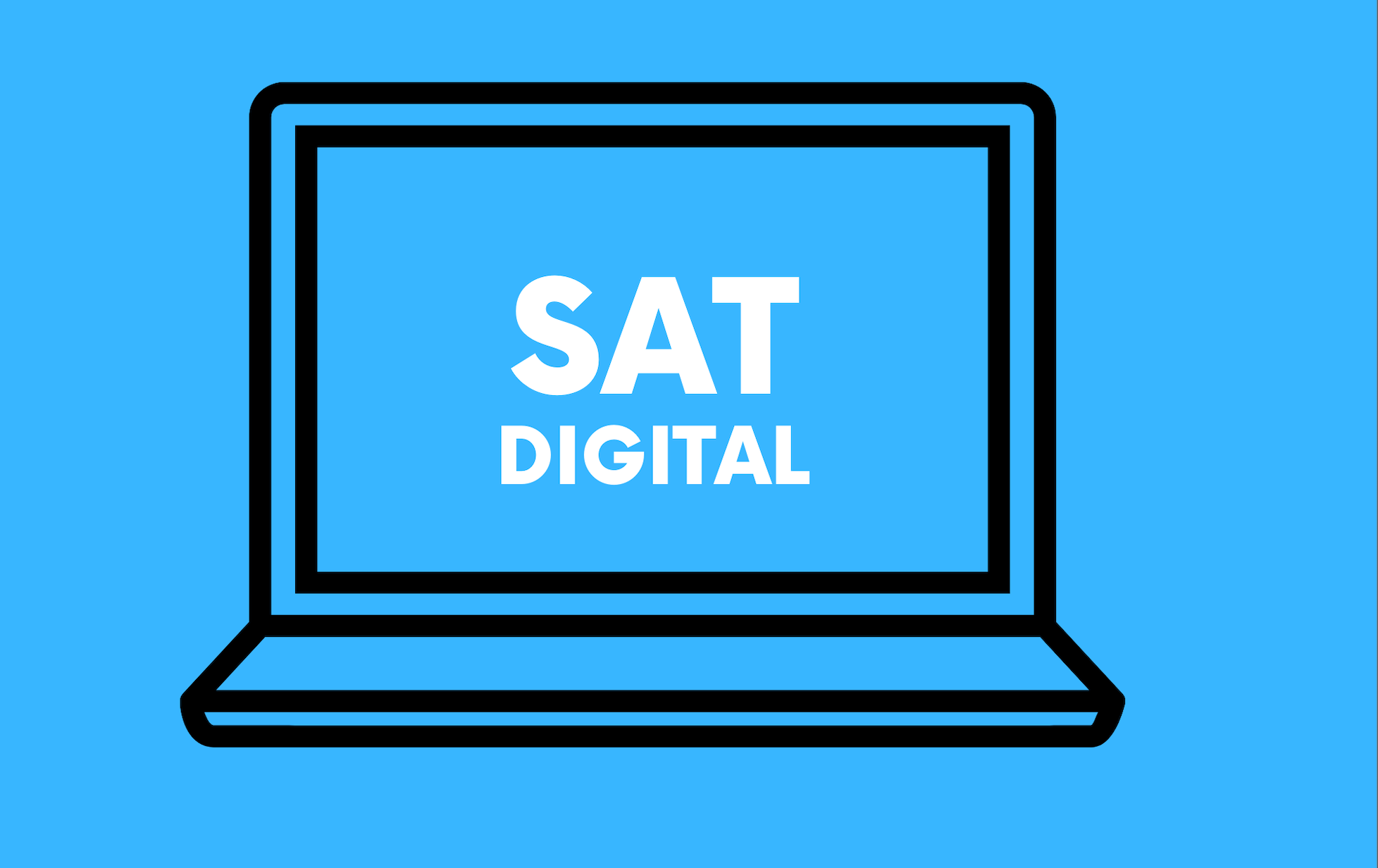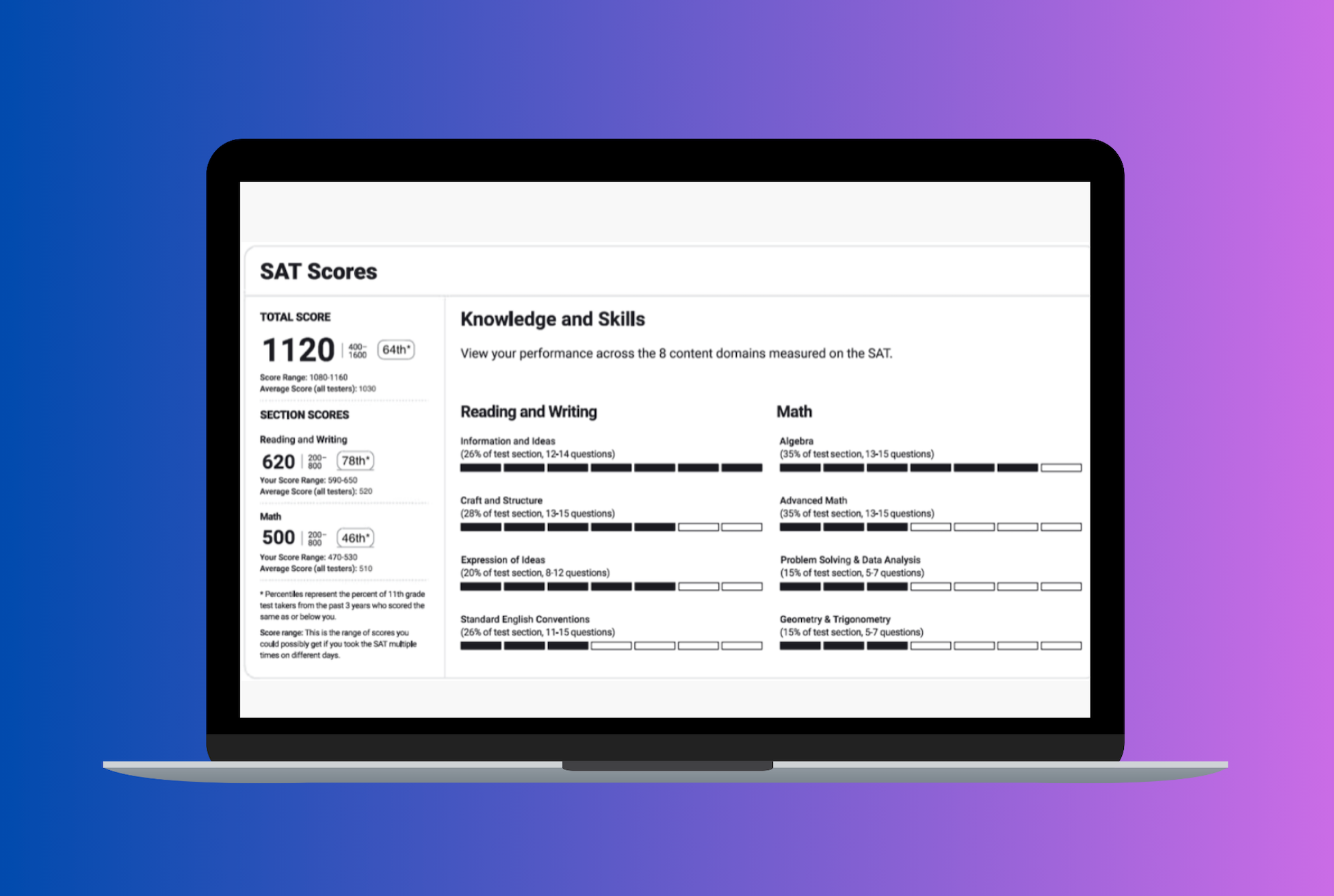Avoid These Costly Mistakes When Sending SAT Scores
Author
Phoenix Wilder
Date Published

The SAT is an integral aspect of the college admissions process. Sending SAT scores effectively and on time can significantly influence how colleges perceive your application. However, with multiple options, rules, and deadlines, it’s vital to navigate the process properly. This article is designed to provide a comprehensive overview of everything you need to know about sending SAT scores, helping you make informed decisions and ensuring that your hard-earned scores reach the right places at the right times.
Understanding the Methods to Send SAT Scores
The SAT score submission process offers flexibility but can also become overwhelming without proper planning. There are two main ways you can send your SAT scores: while registering for the test (or shortly after) using free score reports or after scores are released through additional score reports. Each approach has its own distinct benefits and drawbacks, so let’s break them down.
Method 1: Free Score Reports (Four at No Cost)
When you register for the SAT, you have the opportunity to send four free score reports to colleges or scholarship programs. You can also use these free reports within the first nine days after your test date. However, one significant limitation is that your scores will be sent out before you even know how you performed.
Pros of Free Score Reports
- No Cost: These reports are free, which is a major advantage considering the rising costs associated with the college admissions process.
- Time-Saving: Saves you the hassle of sending scores individually later on.
Cons of Free Score Reports
- Blind Submission: Because your scores are sent out before you can view them, you lose control over which scores the colleges will see. If your performance was weaker than expected, you won’t have the chance to exclude those scores.
When to Use This Option
It’s a good idea to use free score reports for colleges that require you to submit all SAT scores or for schools that offer "superscoring" (a practice where schools combine your best scores from different test sections across multiple sittings). This can save you both time and money.
Method 2: Additional (Paid) Score Reports
If you prefer to wait until you’ve seen your scores before sending them, you can order additional score reports through your College Board account. This method allows you to control which specific scores colleges receive based on your test results.
Pros of Additional Score Reports
1. Score Selection: You have the flexibility to choose your best scores to showcase, thanks to the College Board’s Score Choice feature. This is especially beneficial for schools that don’t demand full-score transparency.
2. Strategic Advantage: Avoid sending weaker test scores, enabling you to present the strongest aspects of your academic potential.
Cons of Additional Score Reports
1. Cost: Each report
Each score report costs $14, and the fees can add up quickly if you're applying to multiple colleges. Rush reports are even more expensive, costing $31 per submission.
2. Time Delays: Waiting to see your scores before sending them can tighten your timeline, especially if application deadlines are near.
When to Use This Option
Paid reports are ideal for colleges that allow you to send only selected scores. They’re also useful for scholarship programs and organizations like the NCAA, which may have specific preferences.
Making the Most of SAT Score Choice
The Score Choice feature offered by the College Board allows students to select specific SAT test dates to send to colleges, rather than submitting all scores. This flexibility can be a game-changer, especially if you’ve taken the SAT multiple times. However, this option must be used with caution, as some colleges require you to send all your scores, even if they don’t work to your advantage.
Pros of Score Choice
- Avoid Weak Scores: You can exclude low-performing test dates, showcasing only your best work.
- Optimized Results for Superscoring: For schools that combine section scores across test dates, Score Choice allows you to highlight only the scores you want included.
Cons of Score Choice
- Warning: All-Score Schools: Colleges with strict all-score policies may disqualify you if you omit required test scores. Double-check each school’s submission policy to avoid complications.
When to Use Score Choice
Use this feature strategically for schools that take an “SAT superscore” or a “highest single score” approach to admissions. For schools with all-score requirements, abstain from using Score Choice entirely.
Timing Is Key: When and How to Send SAT Scores
The timing of your submission can significantly impact your college application. Here are key considerations to ensure your scores arrive at the right time:
Early Score Submission: Does It Improve Your Chances?
Some applicants wonder whether sending scores early is an advantage. While early submissions might demonstrate interest in a program, they do not typically provide a competitive edge. Colleges generally don’t evaluate scores until you’ve submitted the complete application.
Recommendation: Instead of rushing to send scores after your junior year, wait until you have a clear, finalized list of target colleges.
Ensuring Scores Are Delivered Before Deadlines
Timing your score delivery depends on the college’s application deadlines. Below, I’ve broken the timeline into steps to help you plan:
1. Test Scoring: The College Board needs about two weeks to score most SAT exams, though June test results may take up to five weeks.
2. Sending Scores: Once scores are posted to your College Board account, free reports are typically sent within one to two weeks. Additional reports can take similar processing time.
3. Receiving and Logging Scores: Colleges generally receive scores electronically within one week. However, schools vary in how frequently they download scores (e.g., daily or weekly), which could further delay the process.
Pro Tip: To avoid logistical headaches, send your scores at least three weeks before the application deadline—or sooner if possible.
Rush Reporting: An Option of Last Resort
If you’re short on time, the College Board offers a rush service to expedite the delivery of your SAT scores. While this option may seem like an easy fix, it should only be used when absolutely necessary.
Pros of Rush Reporting
- Fast Dispatch: The College Board guarantees scores will be sent within one to four business days.
Cons of Rush Reporting
- Expensive: Costs $31 per report, in addition to regular fees.
- No Scoring Speed-Up: Rush reports do not affect how quickly your test is scored, nor do they influence how promptly colleges retrieve the scores.
Recommendation: Reserve this option for true emergencies, like last-minute applications, and make sure the college accepts rush reports before paying the extra fee.
What to Do If SAT Scores Are Missing
On rare occasions, SAT scores might fail to appear in your application file. Most cases of missing scores are due to simple errors, such as incorrect school codes during registration, filing delays, or miscommunication between the College Board and the school.
Step 1: Confirm that you entered the right school codes when selecting where to send your scores.
Step 2: Check your college application portal or contact the admissions office to verify score receipt.
Step 3: If necessary, follow up with the College Board to resend your scores, ensuring accuracy this time.
Tip: Allow three weeks for scores to process before addressing potential issues.
Conclusion: Take Control of the SAT Score Process
Sending SAT scores to colleges is a critical step in shaping how admissions officers perceive your application. By understanding your options—whether to use free reports, Score Choice, or paid reports—and staying mindful of submission timelines, you can craft a strategic approach to showcase your best performance. As with any aspect of the college admissions process, planning and attention to detail are your best tools for success.
Related Posts

Get all the details on the Digital SAT Test—adaptive testing, built-in tools, shorter format, and why it’s more student-friendly than ever!

Learn how the digital SAT score report simplifies performance metrics, offers visual tools, and helps you focus your prep for top scores.